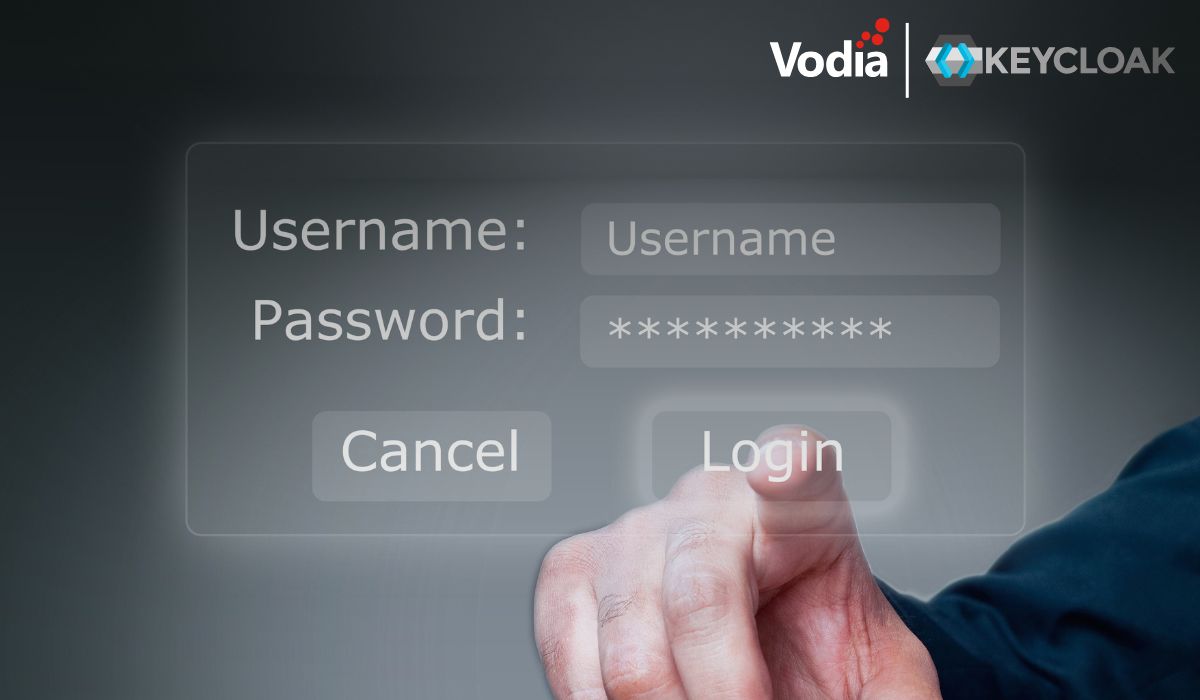Everywhere Enterprises use technology, team structures, processes, skills and tools to empower dispersed workforces, harness distributed infrastructures and serve ubiquitous customer bases
“Gartner C-Suite: Redesigning Work for a Hybrid Future” delineates and dispels seven myths about hybrid work. According to the esteemed research group, “75 percent of hybrid or remote knowledge workers say their expectations for working flexibly have increased, and four out of 10 employees are at risk of leaving if you insist they return to an in-person office environment.”
So what are the seven myths about hybrid workforce models?
- Pretty soon, work will go back to normal
- We need in-person contact to sustain our culture
- Employees are less productive when remote
- Hybrid workforce models hurt DEI
- Serendipity is the best driver of innovation
- A hybrid workforce model duplicates our IT infrastructure
- Our jobs just can’t be done remotely
The report travels through each myth to dispel it. What are the key takeaways, according to Gartner:
- If you insist on a return to fully onsite work, you risk losing talent
- Human-centric design, featuring flexibility and empathy, is what drives productivity and engagement
- Hybrid workforce models don’t risk diversity, equity and inclusion; in fact, they can help
- There are ways to offer employees flexibility, even when location isn’t flexible
- Progressive organizations will provide access to all four modes of working: collocated, distributed, synchronous and asynchronous
- Resilient, future-fit organizations need “Everywhere Enterprise” strategies — which go beyond enabling a workforce with mobile devices and remote access alone
You can download the report here.
There’s never been a better time to become an “Everywhere Enterprise,” even if you’re an SME. And you don’t need to duplicate your IT infrastructure to achieve it. Vodia’s best-in-class cloud PBX can move your telephony to the cloud and enable seamless collaboration amongst your entire team, regardless of how dispersed they are.
- Our PBX turns any mobile phone, laptop, tablet or PC into a VoIP client employees can use anywhere – and all calls to their office extensions are routed to their mobile devices (callers only see the number they dialed, not your employees’ private numbers)
- And all systems you currently have in place – voicemail, caller ID, conferencing and DND – simply migrate to the cloud
- Set up is fast and painless, as are integrations with MS Teams, Freshbooks, Zoho, HubSpot and Salesforce, SMS and Android and IOS mobile apps
- We give you a robust, resilient, easy-to-use suite of tools to help you and your team create and collaborate via the cloud
- Moving to the cloud with Vodia will help reduce your telephony costs
Has something seismic happened to your business? Thinking about becoming an Everywhere Enterprise? It all starts with your telephony. Wherever you are, we can put you in touch with one of our outstanding resellers and start you on the path to the efficiency, flexibility and ease of use you’ll find in the cloud. It might even be seismic! We promise you can see the future from up here. Find out more, sales@vodia.com.
.svg)
.jpg)



